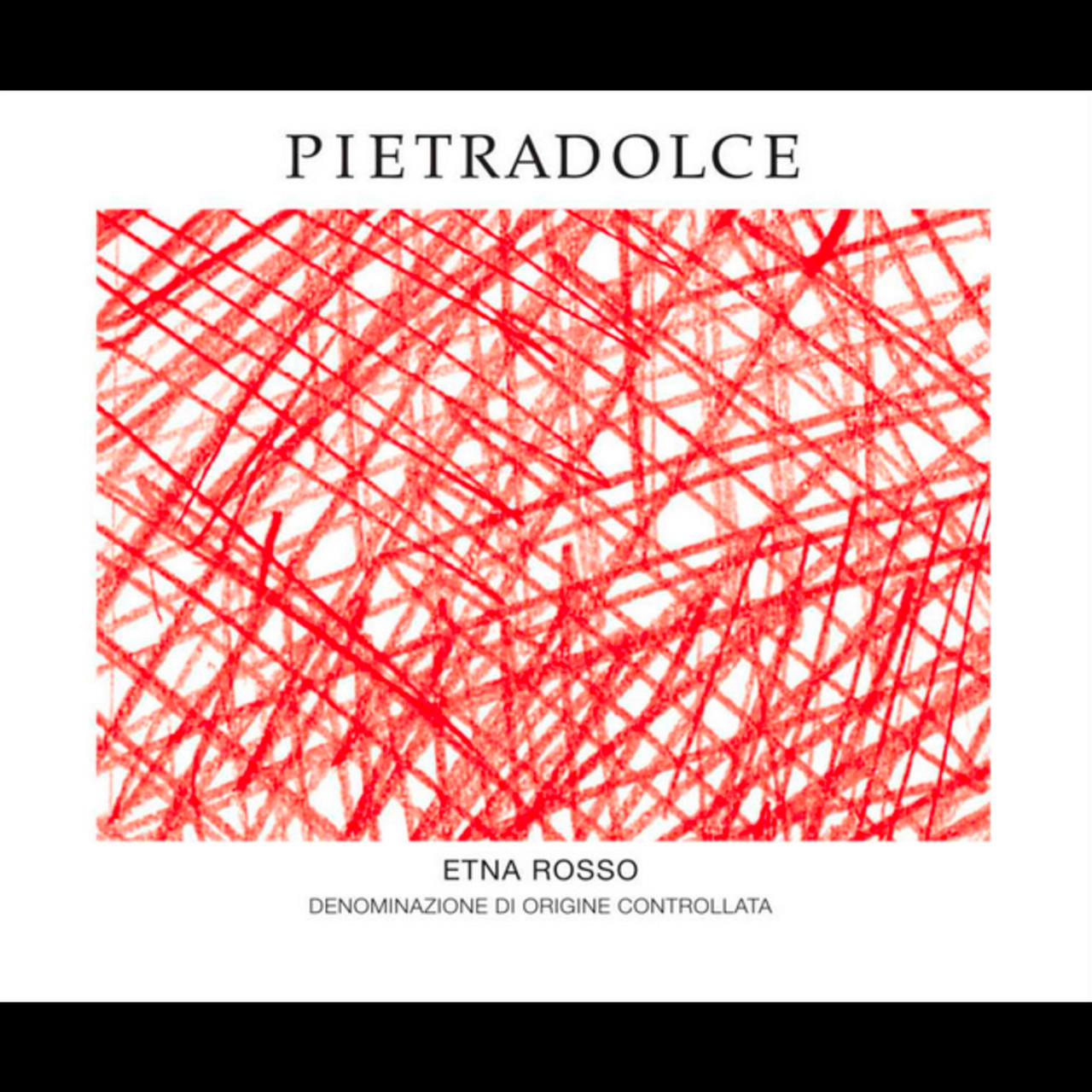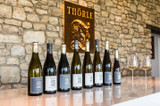Jul 25th 2025
Wine Glasses Demystified: Does Shape Really Affect Taste?
Wine drinkers, let’s face it, we've all swirled a luscious red or crisp white in a glass before, and we haven’t been tasting just the wine; we’ve been watching the whole process. But have you ever stopped to ask yourself, does the shape of the wine glass affect the taste of wine? We figured we would explore this long-standing debate and see for ourselves.
The more we investigated wine glasses, the more intrigued we became. And the short answer is, absolutely, the shape matters, not just for general presentation, but for taste, aroma, and the entire act of drinking the wine itself. So now let’s explore why wine glass shape matters more than just for style, and how knowing this can improve the wine in every pour.
The Role of the Bowl, Rim, and Stem
The parts of a wine glass appear uncomplicated; however, each has a different specific responsibility. The bowl allows the wine to be exposed to air and therefore influences aeration, as the bowl determines the area exposed to air. The rim affects the flow of the wine into our mouth and where the wine touches our palate. The stem isn't only decorative; if we hold the wine glass by the stem, the heat from our hand will not impact the temperature of the wine.
We identified that the wider the bowl, the more the wine can be exposed to oxygen, helping us to unlock more complex aroma and flavor characteristics. Meanwhile, a narrow rim directs those specific aromas right to our noses. The combination of the bowl, the rim, and the stem we now realize affects how we interpret the character of the wine.
How Shape Affects Aroma, Aeration, and Flow Onto the Palate
Various wine glass shapes are created to maximize the wine's aroma, aeration, and movement. For instance, tannic wines appreciate a larger bowl that enables oxidation to mellow the wine. Narrower opening glasses preserve more subtle floral scents in white or sparkling wines.
In addition, the shape of wine flowing onto the tongue affects taste. A flared rim forces wine to the tip of the tongue, creating sweetness. A straight rim sends wine to the back, highlighting acidity or bitterness. That one small detail can alter how a wine tastes and feels.
Quick Science Behind Wine Taste Receptors and Glass Contact Points
Science backs it up: the tongue has areas sensitive to different tastes. Although the classic "tongue map" was put to rest as a gross simplification, wine tasting is influenced by how the wine enters your mouth. Glass shape influences how quickly and to what location the wine will land on your palate. This can enhance or muffle acidity, tannins, sweetness, or body in that moment. Wine glasses act as conductors of a sensory symphony.
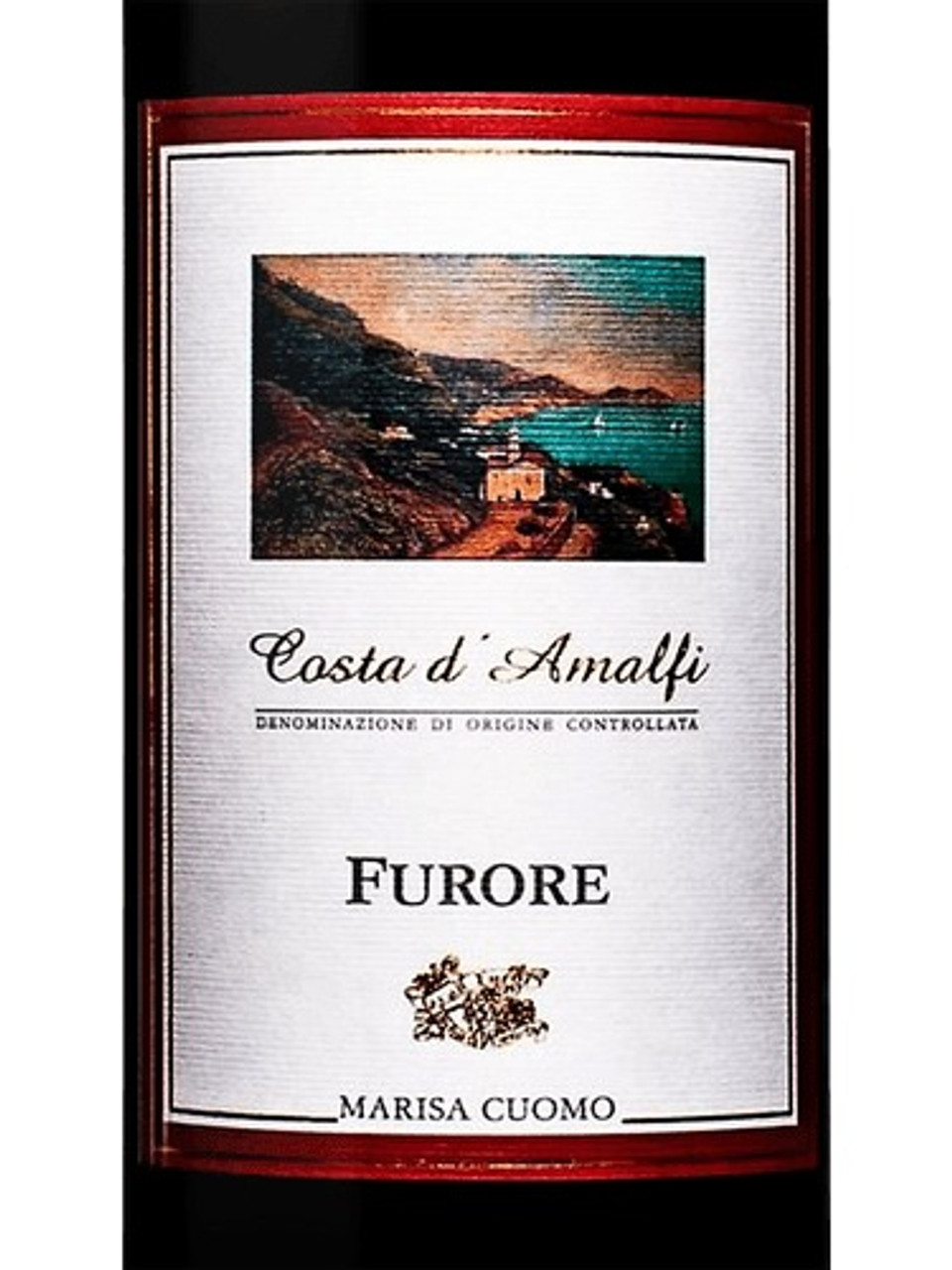
Marisa Cuomo Costa d'Amalfi Furore Rosso 2023
Other Red Blends from Campania, Italy
Red vs. White: Why Glass Shape Matters
Sure, wine can be poured into any glass—but the experience says otherwise. It’s not just about the wine itself; it’s also about where it lands. The shape of the glass is the real game changer.
Wider Glasses for Red Wines
Red wines are usually poured into glasses with wider bowls. Why do they do this? Reds need oxidation, which softens tannins and releases the big aromas. The bigger surface area of glasses such as the classic Bordeaux or Burgundy shape allows the wine to breathe and show its full complexity.
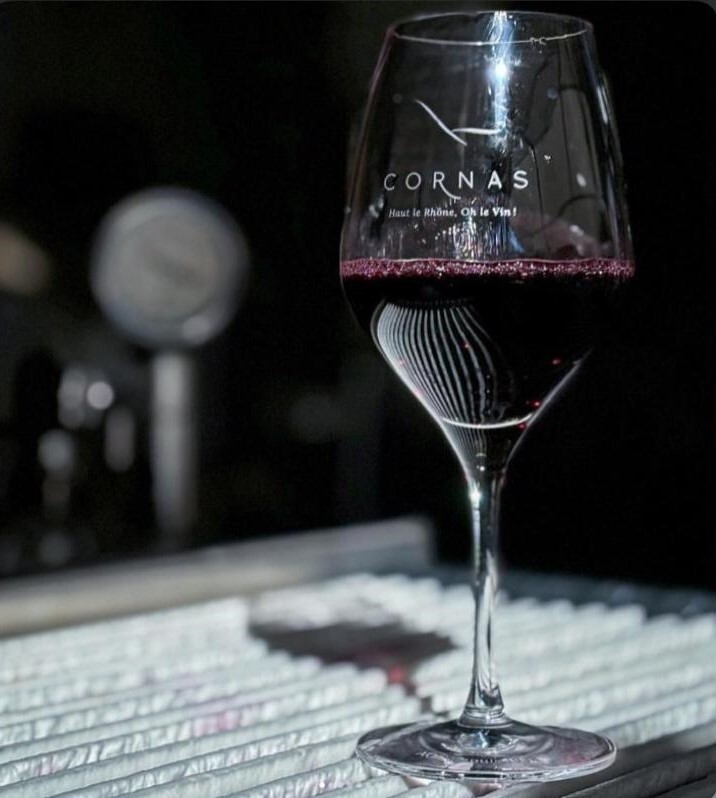
Narrow Glasses for White Wines
White wines are lighter and fragrant. Their glasses are narrower and taller to retain the floral and citrus smells and keep the wine cool. The Sauvignon Blanc glass, for instance, highlights acidity and freshness so that each sip is crisp and refreshing.
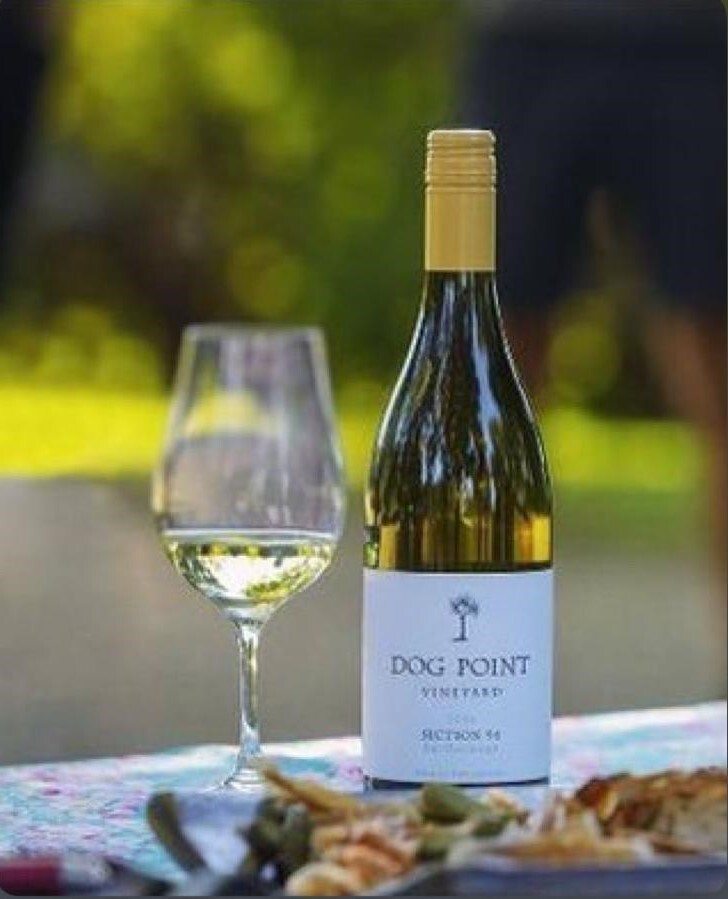
Sparkling, Rosé, and Dessert Wines: Special Shapes for Special Wines
We’ve all seen a variety of wine glasses, but knowing which ones truly complement your wine makes all the difference. Here are some glass styles that pair beautifully with your favorite bottles—and help make every sip feel special.
Flutes vs. Tulip glasses for Sparkling Wine
Sparkling wines deserve their attention. Flute glasses are tall and narrow to preserve carbonation and to let the bubbles rise in the tall glass. The tulip glasses are similar to flutes, except they widen a little at the base, then taper toward the top. Tulip glasses help capture the attributes of aromas, but bubbles settle more quickly.
Ideal Glass Shape for Rosé's Aroma and Chill Factor
Avid rosé drinkers, this is for you. A rosé wine glass has a flared rim that directs the wine to the tip of the tongue, allowing the fresh, fruity flavors of the wine to be appreciated. Rosé wine glasses often have short bowls; their structure was made to enjoy chilled rosé wine on a warm summer's afternoon.
Why Dessert Wines Need Smaller, More Focused Glasses
Dessert wines have a richness and concentration that often warrants a smaller glass, to allow us to focus on the wine's sweetness and to experience it in smaller sips. The smaller glass also helps concentrate the wine in the back of the mouth and keeps it from overwhelming the palate, allowing you to taste the syrupy depth of dessert wines without it being too much.
How to Choose the Right Wine Glasses for Your Home
Picking the right wine glass can make every toast more enjoyable. Here are some simple tips to help you choose:
Essential Types Every Home Should Have
You don't need a dozen different glass styles to enjoy wine properly—a few versatile wine glasses are all you really need.
- A big-bowled glass for full-bodied reds
- A thinner white wine glass
- A flute or tulip for bubbly wines
- A petite dessert wine glass
Universal vs. Specialized Glasses
Universal wine glasses are a great place to start—they’re designed to work well with most wines. But as you explore further, you might find yourself reaching for specialized glasses to elevate the experience. Trust us, you’ll taste the difference.
Beginner Tips for Building a Collection
Begin small. Two of each primary glass type will do for everyday entertaining. Prioritize quality over quantity and opt for lead-free crystal when you can. And yes, consider dishwasher-safe choices if you expect to use them regularly.
Caring for Your Wine Glasses: Cleaning, Storing, and Handling Tips
Glasses die in accidents; they don’t have any expiry date. So, below are some tips one needs to keep in mind to give proper care to them:
Washing Without Breakage
Proper washing is key to keeping your wine glasses intact. Handwashing is the way to go. Use a soft sponge, gentle detergent, and lukewarm water. Don't twist the bowl and the stem in the opposite direction because if you twist too far, you'll have a broken glass.
Drying and Storing
Just as important as washing your wine glasses is drying and storing them properly. Air drying on a rack is the best thing to do, and if you're putting them away, store them upright too, in a cupboard free of dust or soot, and vibrating appliances.
Crystal vs. Dishwasher Safe
Now, there is a lot of discussion about crystal stemware vs. dishwasher-safe stemware. Most of that comes down to lifestyle choice in addition to personal preference.
Lead-free crystal offers clarity and a more refined experience when we drink wine, enhancing our wine drinking ritual. Dishwasher-safe stemware provides an easy maintenance option and is also better for everyday wine glasses. Depending on the occasion, it depends on your lifestyle.
Pick Your Wines From WHWC
These glassware choices aren’t just practical—they add a sense of elegance and elevate the enjoyment of every wine moment
Feeling inspired?
Check out our blogs where we talk about pairing advice, seasonal favorites, and deep dives into various wines. So, come along with us to learn more.
Cheers to delicious pairings and unforgettable pours!
Related Products

Billecart-Salmon Brut Rosé Champagne NV
Non-Vintage Rosé Sparkling Wine from Vallée de la Marne, Champagne, France



